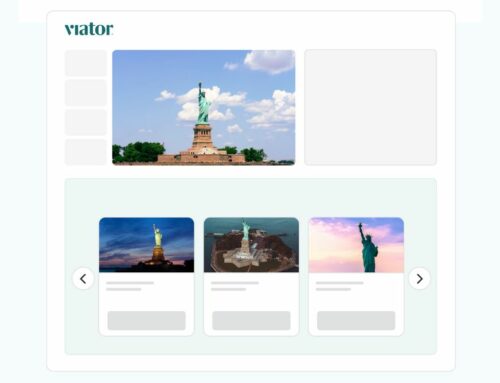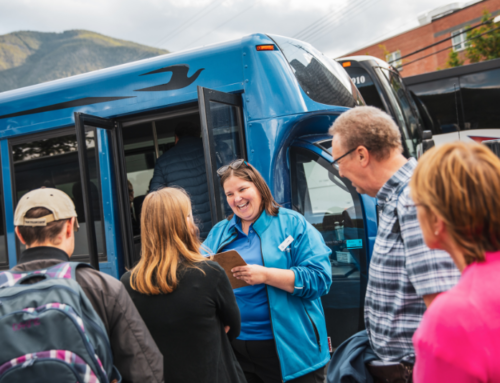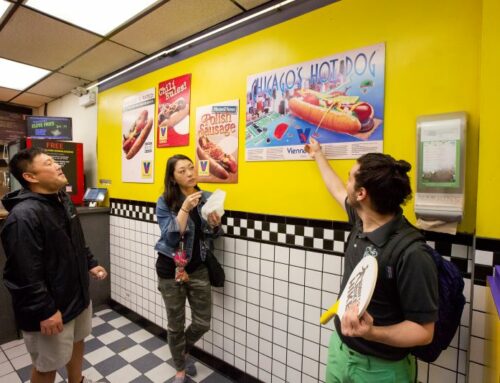Consumer approaches to planning and booking travel are shifting, particularly in the ever-evolving tours and activities space. Read on to learn about key trends in online trip planning and booking and what this may mean for your business.
Bookings are Shifting Online
While travelers have been booking hotels and flights online for decades, tours and activities have traditionally received the bulk of their bookings through offline channels (i.e., walk-ins, in-destination travel agencies, and over the phone). According to research by Arival and Phocuswright, online bookings only accounted for around 17% of the global tours and activities market in 2019. That number grew to nearly 30% by 2021. This is partially due to operators making their products increasingly available online during the pandemic, when social-distancing orders required businesses to limit the number of guests they allowed through their doors. Many businesses, from museums to wineries, shifted to reservation-only models during this period. By the start of the pandemic, many online travel agencies (OTAs) and booking and inventory management software providers, who had previously focused on hospitality (i.e., hotels and restaurants), had already begun their foray into the tours and activities space. This created prime conditions for consumers to easily book tours, activities, and admission tickets online.
This shift from offline to online bookings presents a fantastic opportunity for suppliers who may have traditionally relied on direct offline bookings to tap into the burgeoning online market. By focusing your efforts on increasing online bookings, you’ll not only be able to reach travelers before they reach your destination, but you’ll also be able to gain bookings from in-destination customers who prefer the convenience of online booking.
Mobile Bookings Continue to Grow
The percentage of online purchases made on mobile devices has been growing and is expected to continue growing. Research by Arival and Phocuswright indicates that mobile bookings now account for nearly 40% of direct online bookings in the tours and activities space, a natural progression in an era in which more people are booking online than ever before. This is particularly the case for attractions, which get roughly 52% of their website bookings through mobile channels (up from 37% in 2019).
For suppliers, it’s more important than ever to ensure that potential customers can easily book your products on their mobile phones. If you’re vying for direct bookings through your business’s website, it’s crucial that your site, your payment platform, and your reservation software are optimized for mobile users. If you don’t have a website or an option for instant online booking—or if you simply want to increase your reach—it’s wise to list your products on OTA marketplaces that offer sophisticated, mobile-friendly booking.
Booking Windows are Getting Shorter—and Longer
The COVID-19 pandemic significantly changed how people approach travel planning. Lockdowns and travel restrictions saw travelers moving away from advance bookings as a reaction to uncertainty and the potential for cancellations. According to Expedia Group’s 2022 Q4 Traveler Insights Report, this trend to delay booking continues, even though travel is booming. The share of travel planning-related searches in the 0- to 90-day period before departure has remained steady, while the 0- to 21-day share jumped 10% in Q3 2022. Interestingly, the same research indicates that people are starting to get comfortable with planning well in advance once again. In fact, the percentage of people planning trips three to six months in advance is 10% higher in Q3 2022 than it was during the same period in 2019.
For tours, activities, and attractions suppliers, this means it’s crucial to keep availability open as far out as possible while also keeping inventory available to book as close to the activity date as you reasonably can. To mitigate lingering uncertainty that’s left over from the height of the pandemic, it’s also worth offering flexible cancellation policies. Doing so will give travelers wishing to book far in advance added peace of mind and, consequentially, increase advanced bookings.
The Role of OTAs in the Tours and Activities Segment is Growing
OTAs have captured a significant share of the total online travel spend over the years, accounting for around half of the online hotel market and a fifth of gross flight bookings. However, when it comes to tours and activities, OTAs have lagged sorely behind both direct online bookings and offline bookings, a trend that’s predicted to change in the coming years as OTAs slowly but steadily increase their share of the overall market. Even before the pandemic, OTAs that had traditionally focused on hotels, airfare, and car rentals were moving into the tours and activities space.
Operator surveys conducted by Arival found that operators eager to attract inbound international travelers depend on OTAs in particular. Arrival also found that, on average, OTA channels account for around 25-30% of total bookings. Data collected from these same surveys also indicate that listing on OTAs has been beneficial for suppliers that are just starting out and haven’t yet built the reputation or marketing reach necessary to rely on direct bookings alone. Bottom line? It can be greatly beneficial to anyone looking to increase visibility or reach to list their products on OTAs, even more so when first starting or launching a new product.
Key Considerations
- Travelers are relying on online bookings more than ever before, and many travelers may want to book their activities well before their departures. Having all of your products available to book online will capture the attention of travelers who prefer to book experiences before their trips as well as those who are inclined to book online even after they’ve reached their destinations.
- A growing number of bookings occur over mobile channels. As such, it’s of utmost importance to either have a mobile-optimized website or partner with OTAs with mobile-friendly booking platforms.
- Booking windows are growing shorter and longer, so it’s more important than ever to keep products available to book both as far in advance and as close to the departure date as possible.
- OTAs are continuing to gain traction in the tours and activities space. Listing on OTA marketplaces is an excellent way to expand your reach to international customers or better market your products.










